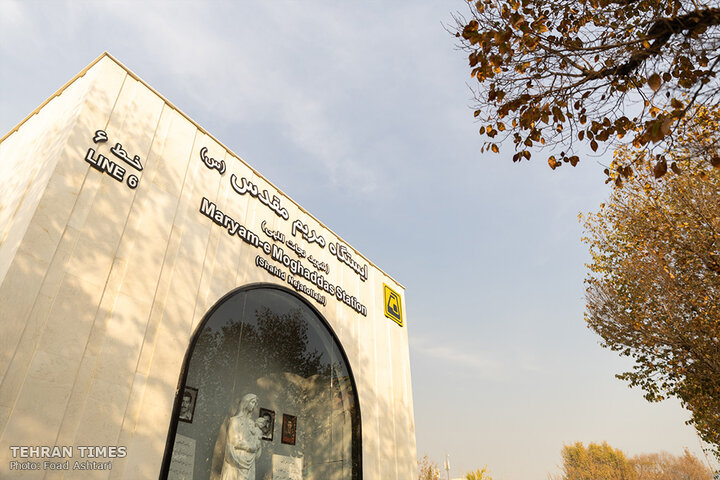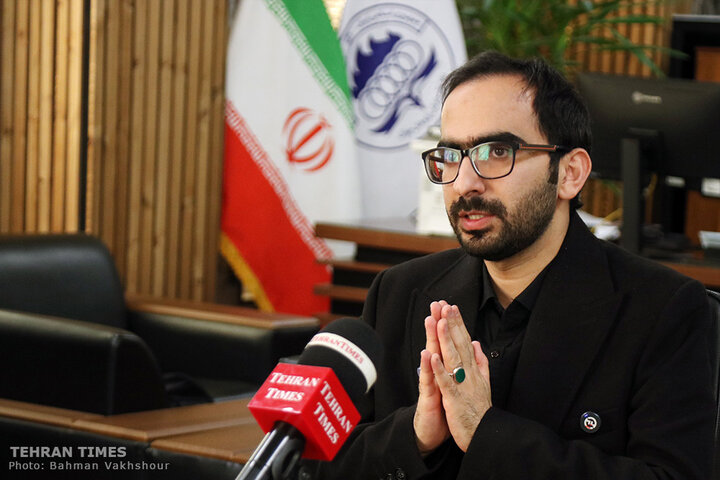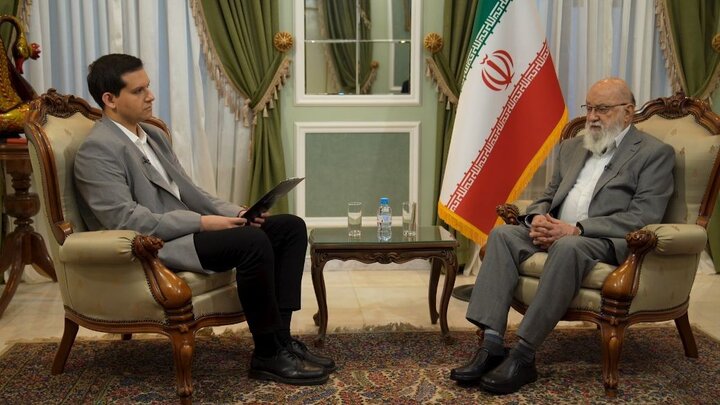-
 2025-12-06 22:18
2025-12-06 22:18
By Faramarz Kouhpayeh
Scrambling to Sustain a Waning Hegemony
Decoding the 2025 US National Security Strategy
TEHRAN – The White House's periodic document outlining United States foreign policy and national security strategy was released by the Trump administration on Thursday. The 33-page document, which appears to draw heavily on Trump's "America First" policy, has raised alarms in nearly every region of the world—with the probable exception of Israel.
-

Iran gaining access to technology of advanced American GBU bombs: Report
TEHRAN – Lebanese media have reported that Hezbollah, the Lebanese Resistance movement, has provided its ally Iran with images and components of the advanced U.S.-made GBU-39B bomb.
-

Iran tests missile with range beyond length of Persian Gulf in latest naval drill
TEHRAN – The commander of the Islamic Revolution Guard Corps Navy (IRGC Navy) says a domestically produced missile with a range exceeding the length of the Persian Gulf was test-fired during a recent naval drill.
-
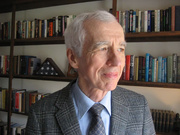
By M.A. Saki
Trump reverting to 1920s–30s ‘gunboat diplomacy’ in Venezuela: ex-CIA officer
'Military pressure on Venezuela sends this sense to the world that Trump’s US is imperialist'
TEHRAN – Paul Pillar, a former CIA officer and now a senior fellow at Georgetown University’s Center for Security Studies, tells the Tehran Times that the Pentagon’s attacks on Venezuelan boats in the Caribbean, carried out under the claim that they are trafficking drugs to the United States, reflect President Donald Trump’s return to the “gunboat diplomacy” of the 1920s and 1930s, when U.S. military forces intervened in several Latin American countries.
-

By Shahrokh Saei
A thousand cuts: Israel’s hybrid war tactics in the Persian Gulf
TEHRAN – In the Persian Gulf, the islands of Abu Musa, Greater Tunb, and Lesser Tunb have long stood as enduring symbols of Iran’s sovereignty. The renewed mention of the islands in the final communique of a Persian Gulf Arab summit in Bahrain was not a mere diplomatic formality, but part of a broader geopolitical maneuver. The statement, which condemned what it called Iran’s “continued occupation” of the islands, was swiftly rejected by Tehran.
-

By Sondoss Al Asaad
LF outsourcing patriotism to the occupiers: See how it ended in Afghanistan
BEIRUT—No contradiction in Lebanese politics is more glaring than the desire of the Lebanese Forces (LF) to see the Israeli enemy resolve their political dispute inside Lebanon. A party that claims to defend state sovereignty routinely seeks foreign intervention against a Lebanese actor with a proven popular and national base.
Politics
-

Iran and Egypt foreign ministers discuss Gaza, bilateral ties
TEHRAN - In a telephone call on Saturday, the foreign ministers of Iran and Egypt discussed bilateral relations and the ongoing Israeli violence in Gaza. Iran’s Seyyed Abbas Araghchi and Egypt’s Badr Abdelatty agreed to continue dialogue to develop ties between the two nations.
-

Terrorists arrested before Tehran metro bombing; trainer a ‘NATO officer’ residing in Sweden
TEHRAN – A number of individuals in Iran, receiving funds and training out of Europe, were arrested by intelligence forces before they could carry out the terrorist operations they had been instructed to conduct, which included the bombing of Tehran’s vast metro station, the killing of police and security forces, and the murder of random civilians.
-

Army budget to be strengthened, Iran’s parliamentary committee says
TEHRAN – The spokesperson for Iran’s parliamentary Plan and Budget Committee says financial support for the country’s Army (Artesh) will continue and be strengthened following a recent meeting with senior military officials.
Sports
-

We test youths at 2025 IWBF Asia Oceania: Moeini
TEHRAN – Azade Sadat Moeini, head coach of Iran’s women’s wheelchair basketball team, has expressed satisfaction with her squad’s performance at the 2025 IWBF Asia Oceania Championships, recently held in Bangkok, Thailand.
-

Iran to play 2026 FIFA World Cup group stage on U.S. soil
TEHRAN – Iran national football team will play their group stage matches of the 2026 FIFA World Cup in Los Angeles and Seattle.
-

Iranians win accolades at 2025 World Taekwondo U21 Championships
TEHRAN – Abolfazl Zandi of Iran was chosen the Most Valuable Player (MVP) of the inaugural Nairobi 2025 World Taekwondo Under 21 Championships.
Culture
-

Hamedan celebrates as children’s theater festival kicks off
TEHRAN- The 30th edition of Iran’s International Theater Festival for Children and Young Adults opened in Hamedan on Saturday, featuring 45 theatrical performances.
-
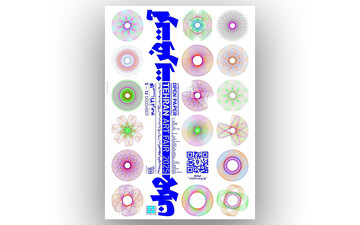
Tehran Art Fair “Open Paper” kicks off
TEHRAN – The first edition of Tehran Art Fair “Open Paper” kicked off at the Institute for the Intellectual Development of Children and Young Adults (Kanoon).
-
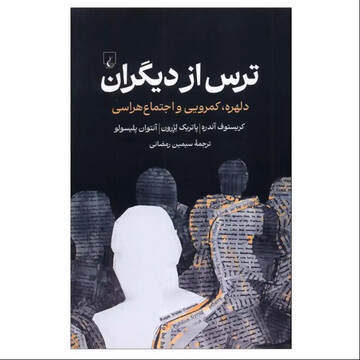
“Fear of Others” published in Persian
TEHRAN – The Persian translation of the book “Fear of Others” written by Christophe André, Patrick Légeron, and Antoine Pelissolo has been released in the bookstores across Iran.
Economy
-

Iranian, Turkish private sectors emphasize strengthening bilateral ties
TEHRAN- During the side programs of the Tehran Chamber of Commerce, Industries, Mines, and Agriculture (TCCIMA)’s delegation at the Plast Eurasia Istanbul exhibition, a meeting was held between this delegation and a group of board members and managers of the Istanbul Chamber of Commerce.
-
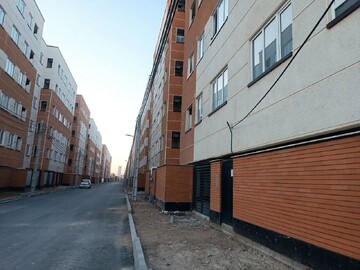
5,000 National Housing Movement units to be ready for delivery by March 2026
TEHRAN- The managing director of New Towns Development Company announced the company's readiness to deliver 5,000 units of the National Housing Movement Plan by the end of the current Iranian calendar year (March 20, 2026), stating: “Approximately 52,000 National Housing Movement units in these towns have achieved over 50 percent physical progress.”
-

Iran's private sector ready to play leading role in strengthening economic ties with Kazakhstan
TEHRAN- Hamed Asgari, the vice president of international affairs at the Iran Chamber of Commerce, Industries, Mines and Agriculture (ICCIMA) regarding the president's trip to Kazakhstan at the head of a large trade delegation, stated: “Iran's private sector is ready to play a leading role in strengthening economic relations with Kazakhstan.”
Society
-

FAO holds workshop on effective use of agricultural water in Lake Urmia
TEHRAN – Food and Agriculture Organization (FAO), in cooperation with the Governorate of West Azarbaijan Province, has held a workshop on a project titled ‘Enhancing Restoration Activities in Lake Urmia through the Effective Use of Agricultural Water’, marking the official launch of the project’s second phase.
-

INSF, Uzbekistan Innovative Development Agency to support joint scientific research
TEHRAN – Iran and Uzbekistan will support the implementation of 10 research projects following a joint call by the Iran National Science Foundation (INSF) and the Agency for Innovative Development under the Ministry of Higher Education, Science, and Innovation of the Republic of Uzbekistan.
-
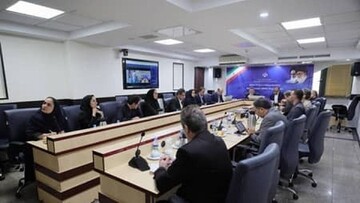
Iran explores potential to develop health ties with Africa
TEHRAN – The ministries of health and foreign affairs, in a virtual meeting with Iranian ambassadors and attachés in Africa, have discussed ways to promote cooperation with African countries in the health sector.
Tourism
-

Persepolis launches new conservation program using advanced material and imaging technology
TEHRAN – Iranian restoration teams have launched a new conservation program at the UNESCO-designated Persepolis and the nearby Naqsh-e Rostam site using advanced imaging, special material, and stone-analysis technologies, officials said on Saturday.
-
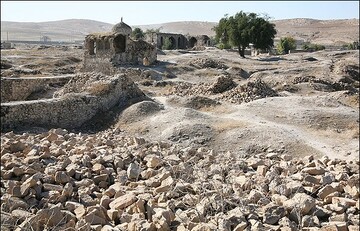
Archaeologists uncover traces of ‘7,000-year-old’ village beneath Iran’s historic Dehdasht
TEHRAN - Archaeologists in Iran have discovered evidence of a prehistoric settlement dating back up to 7,000 years beneath the historic city of Dehdasht in Kohgiluyeh and Boyer-Ahmad province, the lead researcher said on Saturday.
-
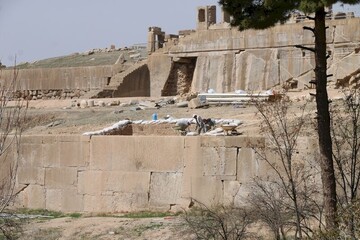
Visitors to access Darius I’s trilingual inscription at Persepolis
TEHRAN – Visitors to Persepolis would have access to the splendid inscription of the Achaemenid King Darius I by Nowruz 1405 (March 2026). The trilingual rack-carved relief is currently being restored, local authorities said.
International
-

A thousand cuts: Israel’s hybrid war tactics in the Persian Gulf
TEHRAN – In the Persian Gulf, the islands of Abu Musa, Greater Tunb, and Lesser Tunb have long stood as enduring symbols of Iran’s sovereignty. The renewed mention of the islands in the final communique of a Persian Gulf Arab summit in Bahrain was not a mere diplomatic formality, but part of a broader geopolitical maneuver. The statement, which condemned what it called Iran’s “continued occupation” of the islands, was swiftly rejected by Tehran.
-

LF outsourcing patriotism to the occupiers: See how it ended in Afghanistan
BEIRUT—No contradiction in Lebanese politics is more glaring than the desire of the Lebanese Forces (LF) to see the Israeli enemy resolve their political dispute inside Lebanon. A party that claims to defend state sovereignty routinely seeks foreign intervention against a Lebanese actor with a proven popular and national base.
-

Israel shifts focus from crises with Gaza aggression
TEHRAN – In continued violations of the truce agreement in the Gaza Strip, Israeli occupation forces (IOF) carry out new strikes east of Gaza City and Khan Younis.
Video Comment
-

Ayatollah Khamenei’s vision of freedom and humanity discussed in intl. conference
-

Iran hosts SCO joint anti-terror drills
-

Holy Mary Metro Station marks interfaith unity in Tehran
-

Academics analyze social dimensions of Resistance in Tehran conference
-

Culture minister highlights year of progress in arts, global image enhancement
Most Viewed
-
Iran gaining access to technology of advanced American GBU bombs: Report
-
Iran to meet Belgium, Egypt and New Zealand: 2026 FIFA World Cup
-
Terrorists arrested before Tehran metro bombing; trainer a ‘NATO officer’ residing in Sweden
-
Iran tests missile with range beyond length of Persian Gulf in latest naval drill
-
Sahand 2025 showcases Iran's role as hub for counter-terrorism cooperation
-
A thousand stories under one name, Herbert Karim-Masihi reflects on his new exhibition
-
Iran stages second major naval drill since war with Israel
-
Scrambling to Sustain a Waning Hegemony
-
Iran hosts SCO joint anti-terror drills
-
Lebanon’s art of giving everything away for free
-
Is Japan sliding back toward militarism?
-
Professor Azarov argues the West moves Ukraine like a pawn in a grand game
-
Israel utterly failed to shield its protégé in Gaza
-
Iran’s steadfast stance has transformed resistance politics in West Asia: Malaysian activist
-
Tehran, Yerevan discuss ways to expand economic, trade, investment co-op



